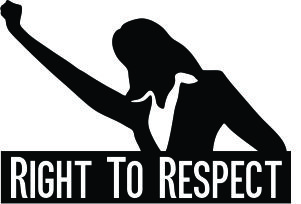Domestic violence occurs all around the world and in every type of community. Victims who suffer from domestic violence come from all kinds of economic backgrounds, races, nationalities and religions. They can be either gender, any sexual orientation, and any age.
Domestic violence occurs when one intimate partner such as a husband, wife, boyfriend or girlfriend willfully assaults, batters, abuses, sexually abuses, or intimidates their partner. The abuse does not have to by physical to be consider domestic violence; it can be considered emotional abuse or trauma.
What all perpetrators of domestic violence have in common is their need to exert control over their victims.
They physically and psychologically try to control aspects of their partners’ lives. These aspects could include keeping them from seeing or visiting their family or friends, controlling how money is spent, determining how their partner dresses, threatening and scaring their partner and or their children, humiliating their partner, not letting their partner make their own decisions, and controlling who they speak to.
Domestic violence falls into a spectrum when it comes to the severity.
Additionally, over time this sort of violence usually intensifies and becomes more dangerous. While a relationship may start out fine, little things like putting their partner down calling them names could intensify and become extremely dangerous over the months or years.
Leaving a relationship where one partner commits domestic violence is extremely difficult.
It’s not just about the emotional challenges of getting a victim to see the danger they’re in, it’s about actually getting out of the danger. Often, when an abuser catches wind of their partner leaving their anger and violence can intensify because they’ve lost control and this puts the victim’s life in danger.
Yes, a victim can go to the police and get a restraining order, but unless the abuser is willing to stay away or the victim has found a safe place where the abuser cannot reach them, they’re still at risk.
Victims can try calling the National Domestic Violence Hotline 1-800-799-7233 to learn more how to handle your particular situation and about preparing to safely leave an abusive relationship.















Comments